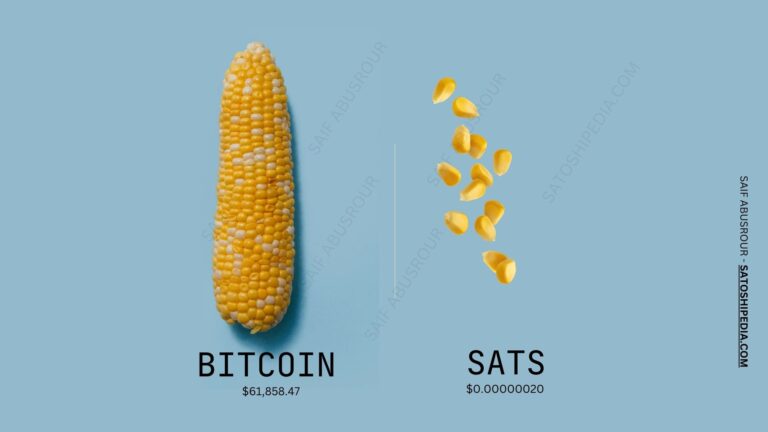Diving into the world of blockchain can be intimidating for newcomers, but understanding its value doesn’t have to be complicated. Experts have shared various ways to explain blockchain to beginners, highlighting its core benefits and practical applications.
1. Blockchain as a Digital Ledger: Imagine a notebook where you record transactions. Traditionally, a central authority, like a bank, controls this notebook. With blockchain, this notebook is distributed across everyone in the network. Each transaction is recorded in a block, and these blocks are linked together, forming a chain that is nearly impossible to alter. This creates transparency and security. For instance, using blockchain for securing digital content ensures that the information remains tamper-proof and protects intellectual property.
2. Exchange Value Without Intermediaries: Blockchain enables two parties to exchange value without needing to trust each other or rely on a central authority. Imagine sending money halfway around the world without needing a remittance company. Blockchain’s decentralized network of computers verifies transactions, ensuring your money reaches the right person securely and cost-effectively, anytime, without relying on a middleman.
3. Simplified Concepts With Analogies: Visualize a digital notebook where every transaction or data entry is written down and shared among many people. Once an entry is made, it cannot be changed or erased, and everyone has a copy. This ensures transparency and security. Blockchain functions like this, across a vast network of computers, providing transparency, security, and decentralization. Its value is evident in secure financial transactions, supply chain transparency, and even voting systems.
4. Introducing Blockchain Through Analogy: Think of a digital ledger, much like an online notebook where everyone can see and make updates, but no one can alter past entries. Each page represents a block, and these blocks form a continuous chain. This ensures transparency and security. For example, cryptocurrencies like Bitcoin record transactions on the blockchain, making the process transparent and secure. In supply chain management, each step, from harvesting to shipping, is recorded on the blockchain, ensuring authenticity and quality.
These explanations simplify the complex concept of blockchain, making it easier for beginners to understand its transformative potential and practical benefits.


